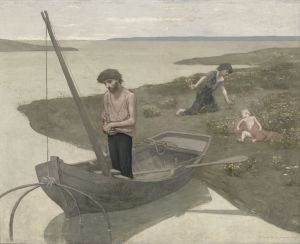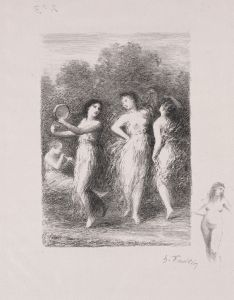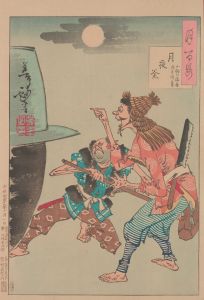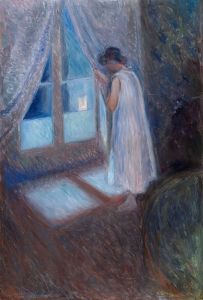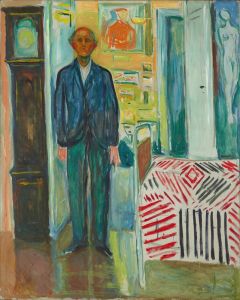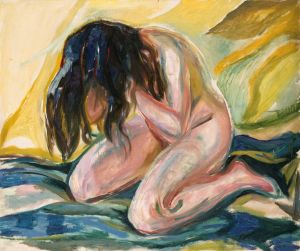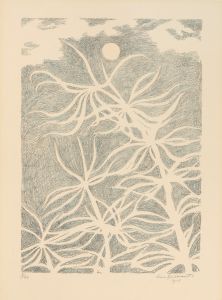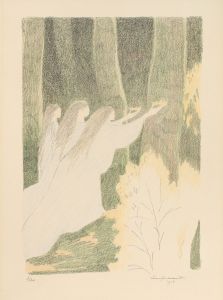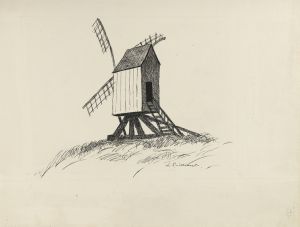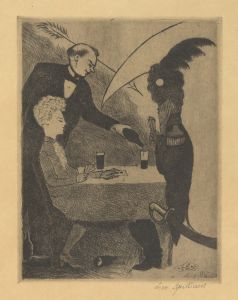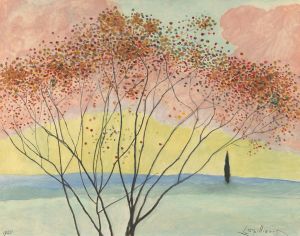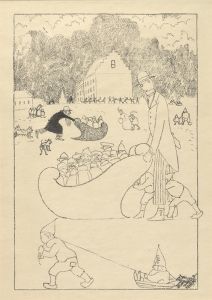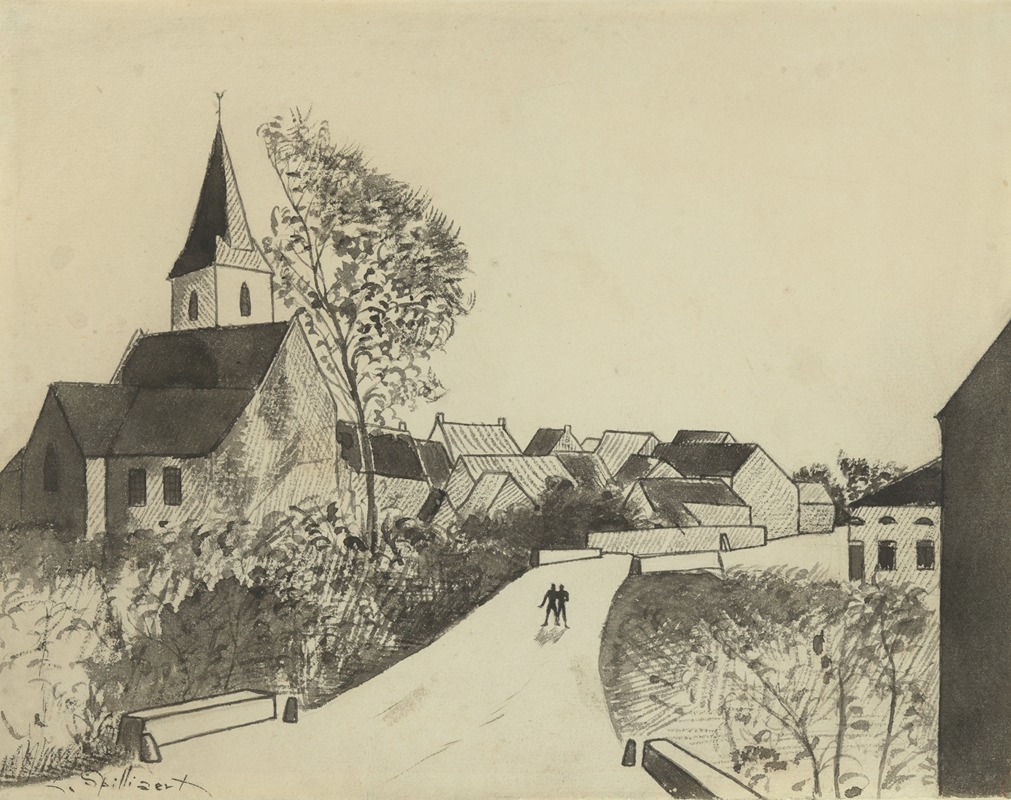
Landschap voor ‘Au temps que Nanette était perdue’
A hand-painted replica of Léon Spilliaert’s masterpiece Landschap voor ‘Au temps que Nanette était perdue’, meticulously crafted by professional artists to capture the true essence of the original. Each piece is created with museum-quality canvas and rare mineral pigments, carefully painted by experienced artists with delicate brushstrokes and rich, layered colors to perfectly recreate the texture of the original artwork. Unlike machine-printed reproductions, this hand-painted version brings the painting to life, infused with the artist’s emotions and skill in every stroke. Whether for personal collection or home decoration, it instantly elevates the artistic atmosphere of any space.
Léon Spilliaert was a Belgian symbolist painter known for his unique style that often combined elements of symbolism, expressionism, and surrealism. His works frequently explore themes of solitude, introspection, and the mysterious aspects of the human psyche. One of his notable works is "Landschap voor ‘Au temps que Nanette était perdue’," which translates to "Landscape for ‘In the Time that Nanette was Lost’."
This painting is part of Spilliaert's exploration of landscapes, which he often used as a backdrop to convey deeper emotional and psychological states. Spilliaert's landscapes are not mere representations of nature but are imbued with a sense of mystery and introspection, reflecting his interest in the inner workings of the mind and the metaphysical aspects of existence.
"Landschap voor ‘Au temps que Nanette était perdue’" is characterized by its atmospheric quality, achieved through Spilliaert's use of muted colors and subtle gradations of light and shadow. The painting likely reflects Spilliaert's fascination with the interplay between light and darkness, a recurring theme in his work. This interplay creates a sense of depth and dimension, drawing the viewer into the scene and inviting contemplation.
Spilliaert often worked with a limited palette, favoring shades of blue, gray, and black, which contribute to the somber and introspective mood of his paintings. In "Landschap voor ‘Au temps que Nanette était perdue’," this palette is used to great effect, enhancing the sense of mystery and otherworldliness that pervades the scene.
The title of the painting suggests a narrative element, hinting at a story or event involving a character named Nanette. While the specifics of this narrative are not detailed in the painting itself, the title adds an additional layer of intrigue and invites viewers to imagine the circumstances surrounding Nanette's "lost" state. This narrative ambiguity is typical of Spilliaert's work, which often leaves much to the viewer's interpretation.
Spilliaert's style is marked by a distinctive use of line and form, often creating compositions that are both simple and complex. In "Landschap voor ‘Au temps que Nanette était perdue’," the landscape is rendered with a minimalist approach, yet it conveys a profound sense of space and emotion. This ability to evoke complex feelings through seemingly simple compositions is a hallmark of Spilliaert's artistry.
Throughout his career, Spilliaert was influenced by various artistic movements and figures, including symbolism and the works of artists like James Ensor and Odilon Redon. However, he developed a unique voice that set him apart from his contemporaries. His work often reflects a deep engagement with existential themes and a quest to capture the intangible aspects of human experience.
"Landschap voor ‘Au temps que Nanette était perdue’" exemplifies Spilliaert's ability to blend the real with the surreal, creating a landscape that is both familiar and enigmatic. The painting invites viewers to explore their own interpretations and emotions, making it a compelling example of Spilliaert's contribution to the world of art.
In summary, Léon Spilliaert's "Landschap voor ‘Au temps que Nanette était perdue’" is a testament to his skill in creating evocative and thought-provoking landscapes. Through his use of color, light, and composition, Spilliaert crafts a scene that transcends mere representation, offering a glimpse into the deeper realms of human consciousness and emotion.






